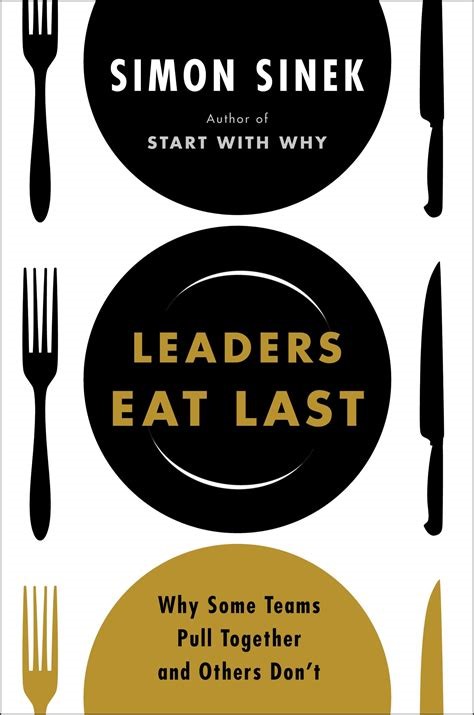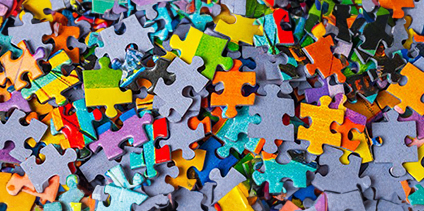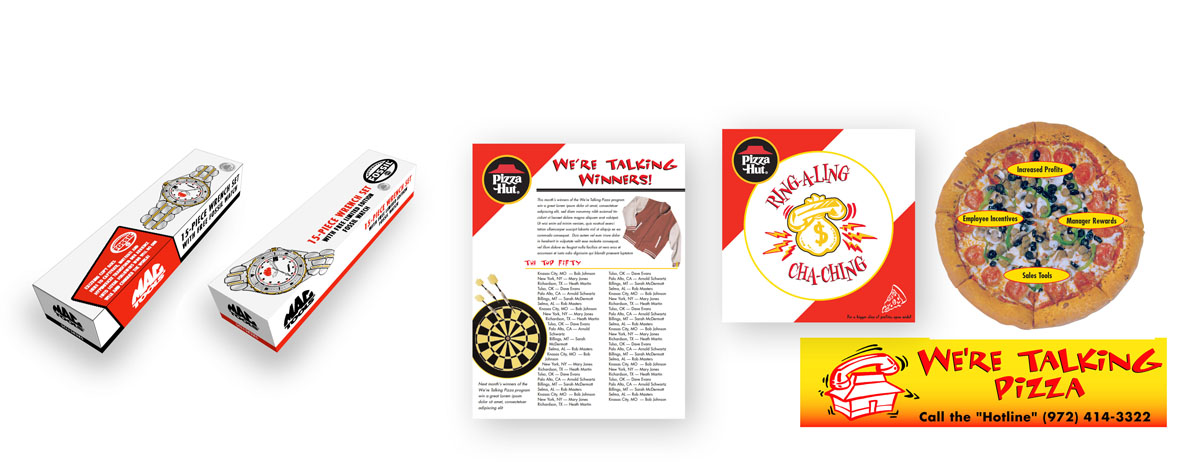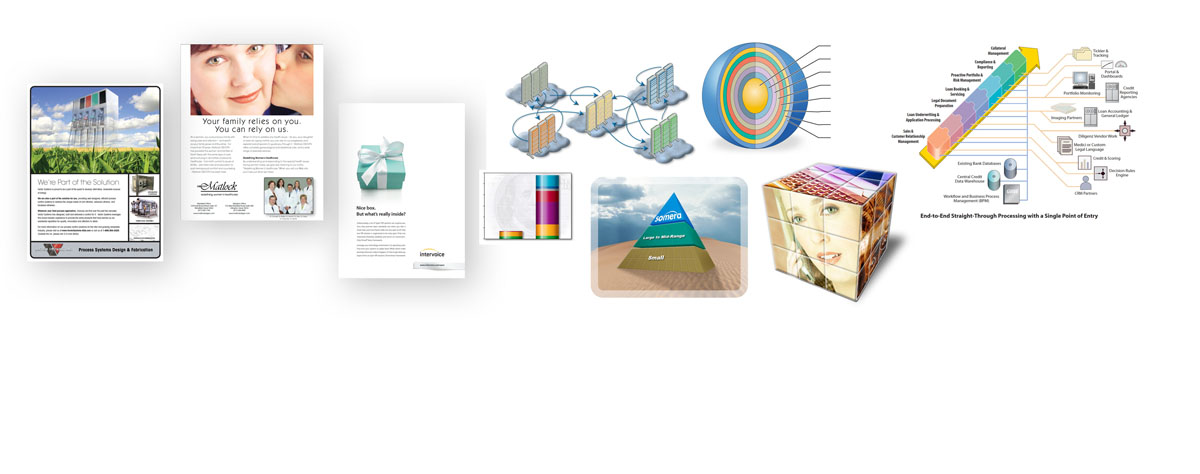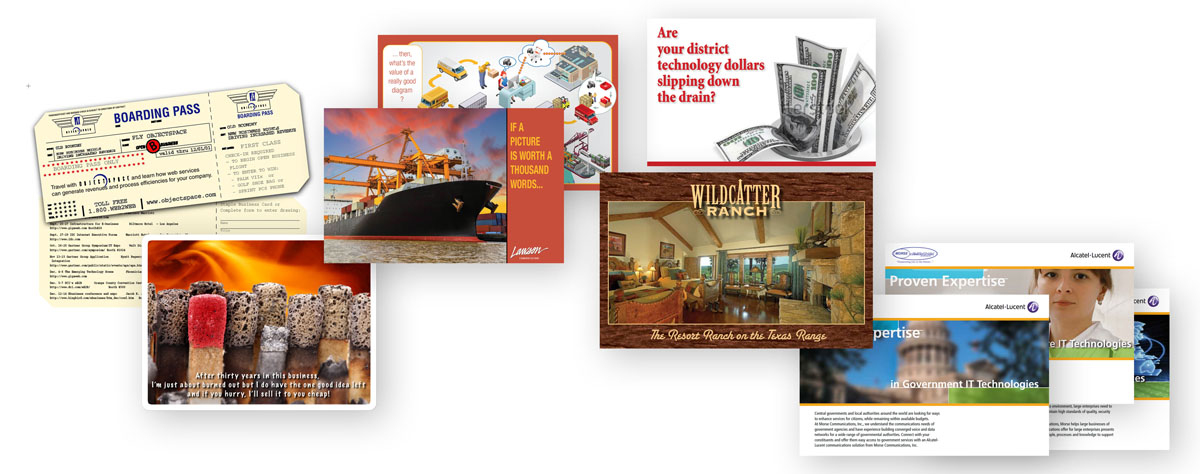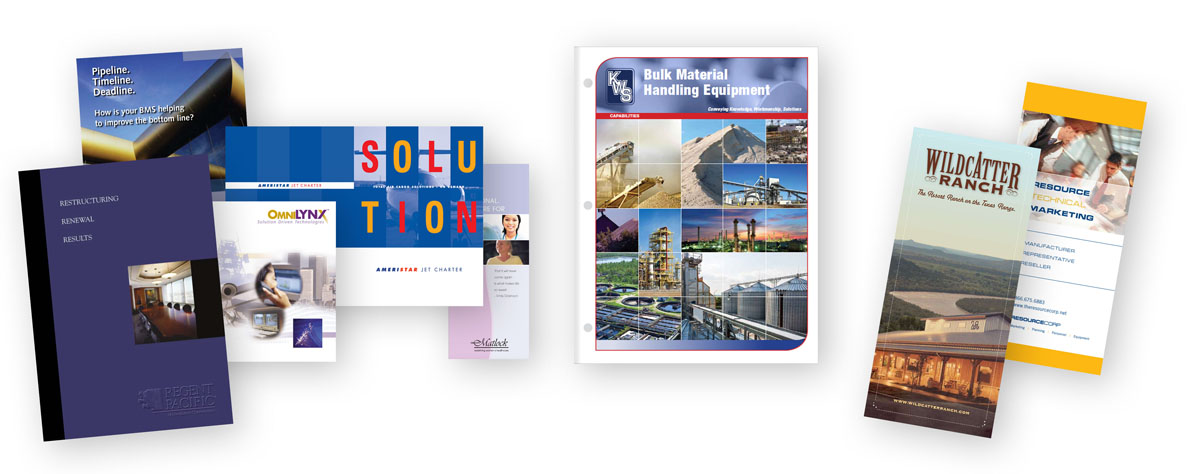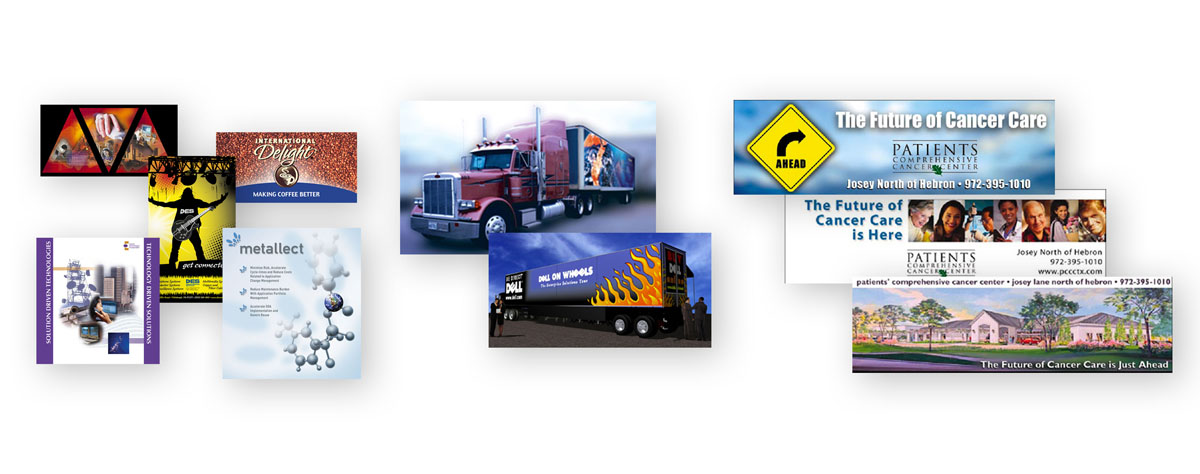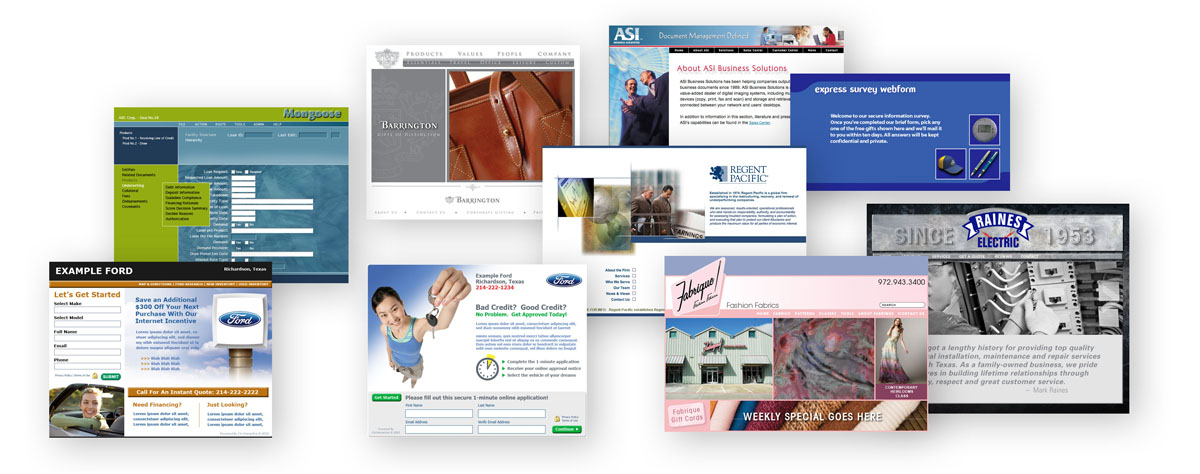Fun With Chemistry
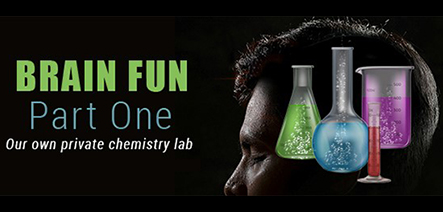
This is Part One from a two-part series of related stories.
In fourth grade, Davis Witherspoon’s parents bought him a chemistry set for Christmas and I became acquainted with the green-eyed monster of envy. Even in that long-forgotten era when toy manufacturers created toys meant to be fun instead of litigation-proof, chemistry sets would not do everything an eight-year-old boy dreamed of — like making sulfuric acid, or gunpowder, or instant muscles. Instead, the experiments always centered around making something that was either slimy or stinky, still items of great use to a boy of that age.
Undoubtedly, you’ve prepped yourself for a tale of young hooligans uncapping hideously odorous substances in the school lunchroom or smearing gooey slime on their rivals’ bicycle seats, and while those things “might” have happened, this particular story is more about recent discoveries in brain chemistry — the ones nature put there, not the Timothy Leary substitutes.
“Nobody ever changes.” “People are what they were born to be.” “You can’t teach an old dog new tricks.” You’ve heard these refrains. You might have even repeated them yourself. You might even believe them. Perhaps in the light of recent scientific findings, it’s time to rethink our presuppositions.
Martin Seligman, the granddaddy of Positive Psychology, published “Learned Optimism” back in 1991. As the originator of the learned helplessness theory, he realized the tables could be turned and optimism could be learned as well. What he really introduced is the scientific case for neuroplasticity. Students of Seligman’s early findings have expanded on his original work based on new scientific findings about brain chemistry. And at the end of the day, it all boils down to what chemicals are on the front burner in our cranial chemlab.
Disclaimer: I did not write the following. It is an abridged (and slightly edited) version of what can be found in Simon Sinek’s latest version of “Leaders Eat Last”. See the book recommendation at the end of this newsletter for more information. Sinek is a master wordsmith and he’s far better informed than yours truly.
The “Me” Chemicals
Two chemicals—endorphins and dopamine—are the reason that we are driven to hunt, gather and achieve. They make us feel good when we find something we’re looking for, build something we need, or accomplish our goals. These are the chemicals of progress.
Endorphins: The Runner’s High
Endorphins serve one purpose and one purpose only: to mask physical pain. That’s it. Think of endorphins as our own personal opiate. Often released in response to stress or fear, they mask physical pain with pleasure. The experience of a “runner’s high,” the feeling of euphoria many athletes experience during or after a hard workout, is in fact the endorphin chemical surging through their veins.
Since we’re no longer hunter-gatherers, the body no longer rewards the search for food, at least not with endorphins. In this day and age, we basically get our endorphin hits from exercise or manual labor … with at least one notable exception – laughter. Laughing actually releases endorphins. We like laughing for the same reason runners like running—it feels good
Dopamine: An Incentive for Progress
Dopamine is the reason for the good feeling we get when we find something we’re looking for or do something that needs to get done. It’s responsible for the feeling of satisfaction after we’ve finished an important task. We all know how good it feels to cross something off our to-do list. That feeling of progress or accomplishment is primarily because of dopamine.
Each milestone we pass is a metric, a way to see our goal is getting closer and closer. As we approach our goals, the metrics tell us we’re making progress and we get another little hit to keep us going. Then finally, when we reach our goal, that intense feeling of “got it” is a big hit of dopamine, our biological reward for all that hard work. It feels good to put in a lot of effort to accomplish something. There is no biological incentive to do nothing.
The “They” Chemicals
Humans are social animals. The manner in which we make progress as groups is core to our ability to do well. The selfless chemicals make us feel valued when we are in the company of those we trust. They give us the feeling of belonging and inspire us to want to work for the good of the group.
Serotonin: The Leadership Chemical
Serotonin creates the feeling of pride. It’s the feeling we get when we perceive that others like or respect us. It makes us feel strong and confident, like we can take on anything. As social animals, we more than want the approval of those in our tribe, we need it. It really matters. If we could get that feeling without the approval of others, then we wouldn’t have awards ceremonies, company recognition programs or graduation ceremonies.
At the very moment a college graduate feels the serotonin course through their veins while they receive their diploma, their parents, sitting in the audience, also get bursts of serotonin and feel equally as proud. And that’s the point. Serotonin is attempting to reinforce the bond between parent and child, teacher and student, coach and player, boss and employee, leader and follower.
Oxytocin: Chemical Love
Oxytocin creates the feeling of friendship, love or deep trust. It is the feeling we get when we’re in the company of our closest friends or trusted colleagues. It is the feeling we get when we do something nice for someone or someone does something nice for us.
But oxytocin is not there just to make us feel good. Without oxytocin, we wouldn’t want to perform acts of generosity or show empathy. Without oxytocin, we wouldn’t be able to develop strong bonds of trust and friendship. And without that, we wouldn’t have anyone we could rely on to watch our backs. It is because of oxytocin that we trust others to help us build our businesses, do difficult things or help us out when we’re in a bind. It is because of oxytocin that we feel human connections and like being in the company of people we like. Oxytocin makes us social.
Now, for the experiment
Hopefully, you jumped out of bed on Sunday morning and read this newsletter when it hit your in box. If you’re like me, the Monday morning alarm clock coming up tomorrow morning, is not your friend. Try this simple experiment Monday morning. Start your day off by doing something ridiculously kind for a stranger – someone who has absolutely no means of reciprocating – not your spouse, not your boss, not a friend or co-worker – a total stranger. Then stop and consider how those brain chemicals have changed your outlook about the week to come. If that feeling wears off by the end of the day, when you wake up on Tuesday, rinse and repeat.
Next Week: Part two – Rewiring for optimum output
I know this is a long article. That’s why I broke it up into two parts. Next week is the application of this week’s content. In some sense, you could have skipped this week’s article and gone straight to next week but you’ve already slogged your way through the meat and potatoes.. That’s why I didn’t put this note at the beginning. Come back next week for the shorter and sweeter desert tray.
 Last, but not least, let’s talk about which chemicals were percolating in your brain afterwards. If you absolutely cannot meet for coffee or lunch, shoot me an email and let me know how it went. If you can meet for coffee or lunch, it’s on me
Last, but not least, let’s talk about which chemicals were percolating in your brain afterwards. If you absolutely cannot meet for coffee or lunch, shoot me an email and let me know how it went. If you can meet for coffee or lunch, it’s on me
“Happiness is not the belief that we don’t need to change; it is the realization that we can.”
― Shawn Achor, The Happiness Advantage

Did someone forward this newsletter to you after reading it themselves? Don’t settle for that!
CLICK HERE
to get a fresh, unused copy of this newsletter sent directly to you every Sunday morning. If you decide it stinks, you can always unsubscribe.
The Happiness Advantage
— Shawn Actor
You’re right, I recommended this book about a month ago. But you haven’t read it yet so I’m recommending it again. If that makes you unhappy, read the book and we’ll both be happier.
This really is a great book about how we can begin making tangible changes in our thought processes and how those changes can generate real benefits in our personal and business lives. It’s also got some great stories.
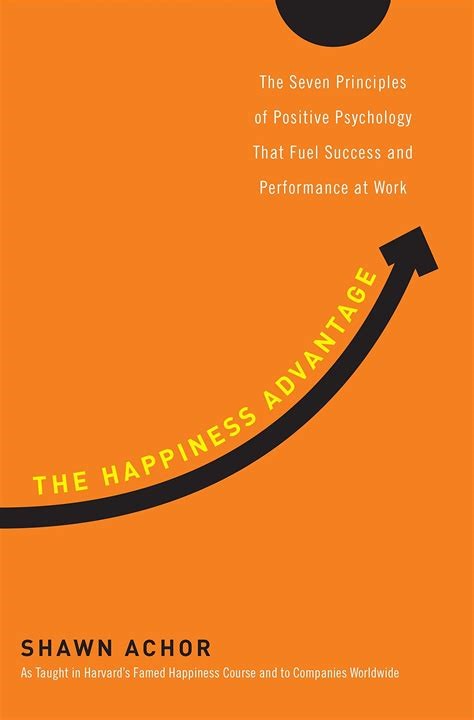
Leaders Eat Last
— Simon Sinek
This is another book I’ve recommended before but since I plagiarized a large part of today’s newsletter from this book, I feel obligated to recommend it again.
Actually, that big chunk of today’s article came from chapter six of “Leaders Eat Last”. It is, perhaps, the most concise summary of brain chemistry I’ve ever seen. If you’ve already read the book, go back and reread chapter six for a far better synopsis of brain chemistry.
